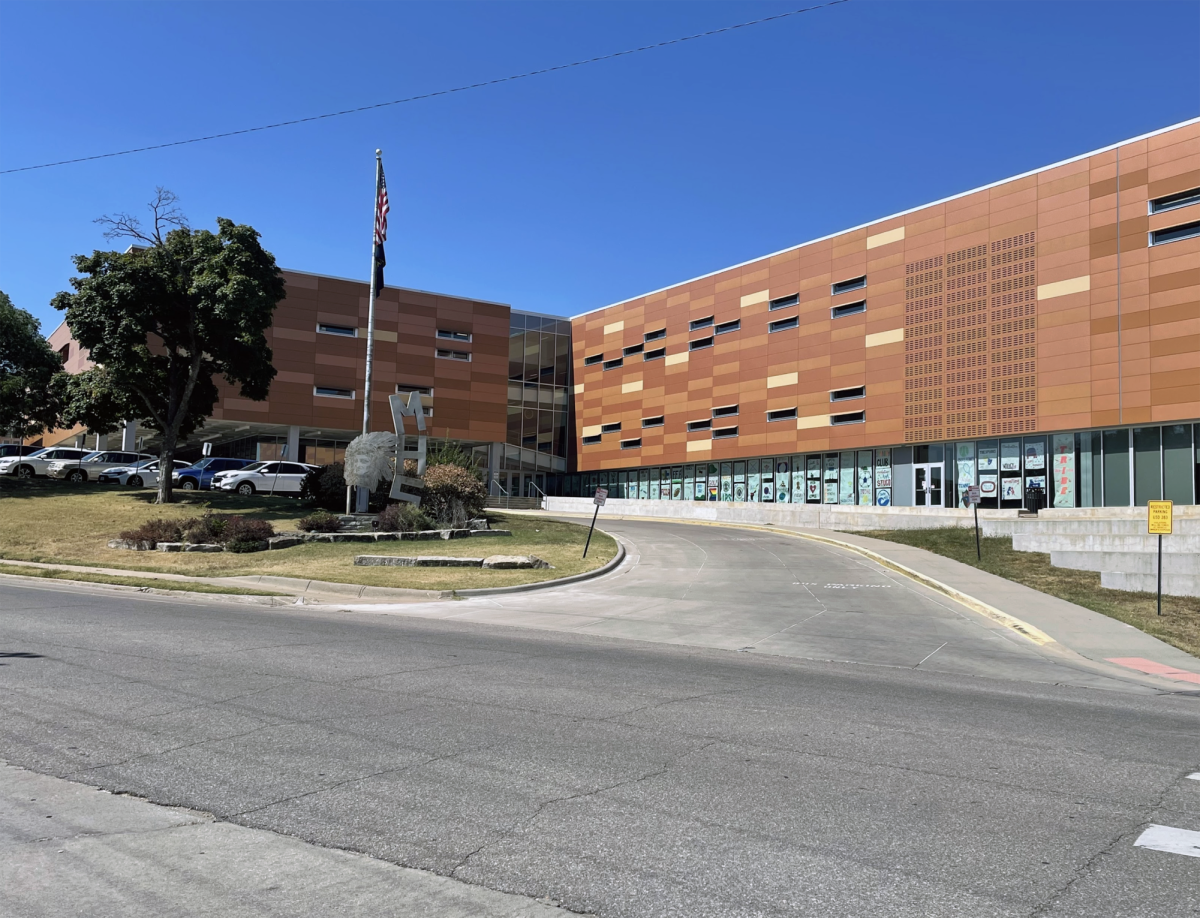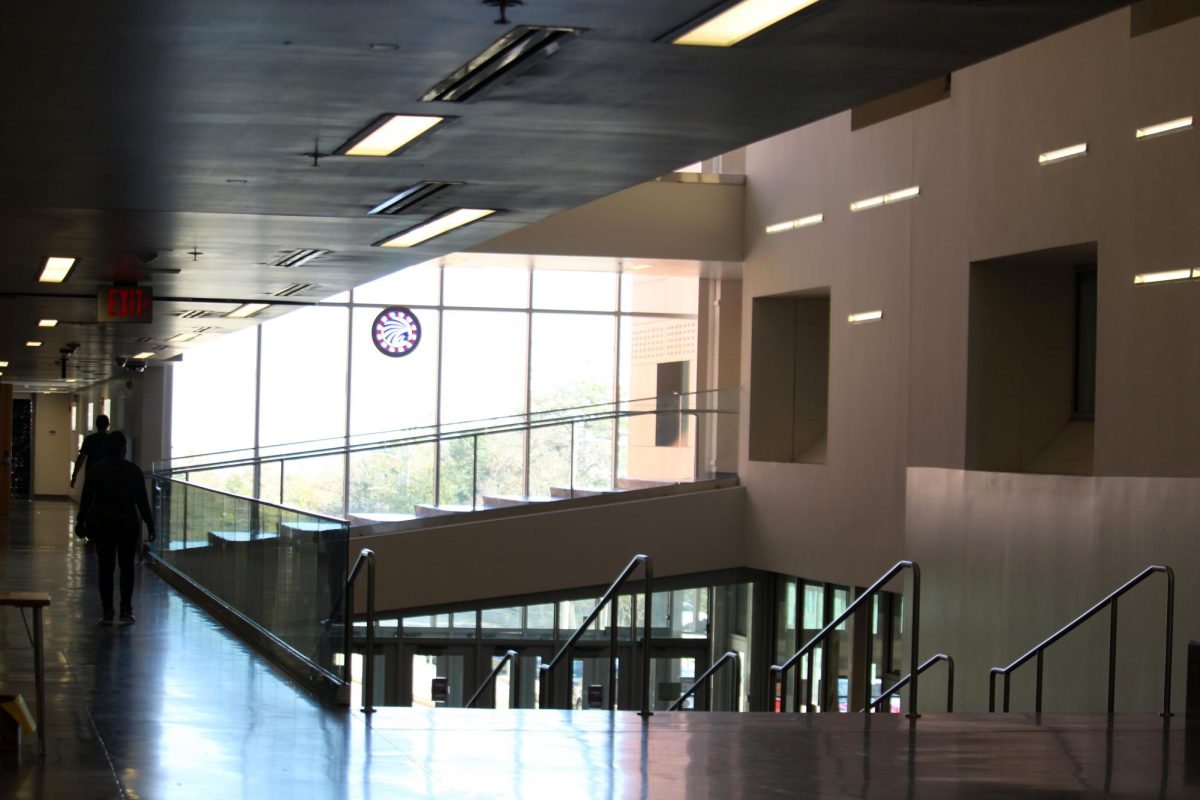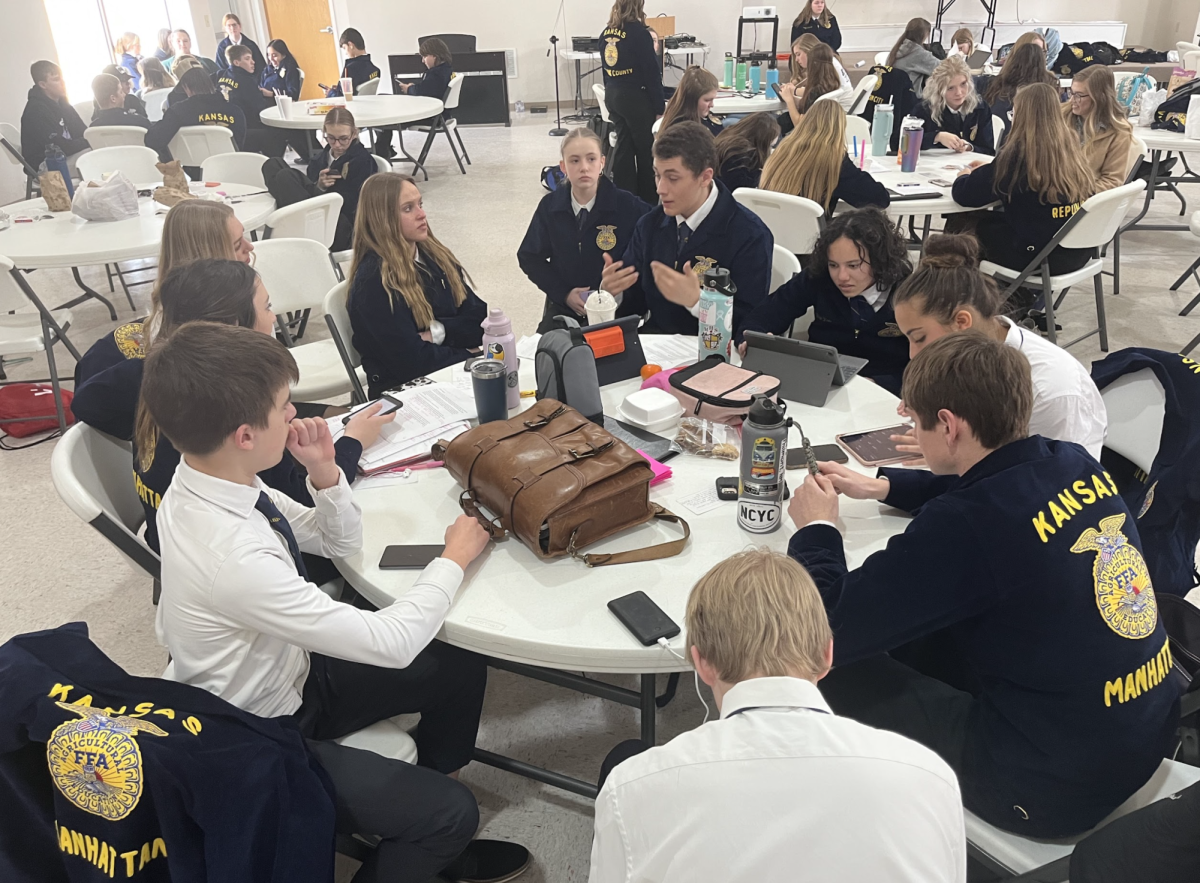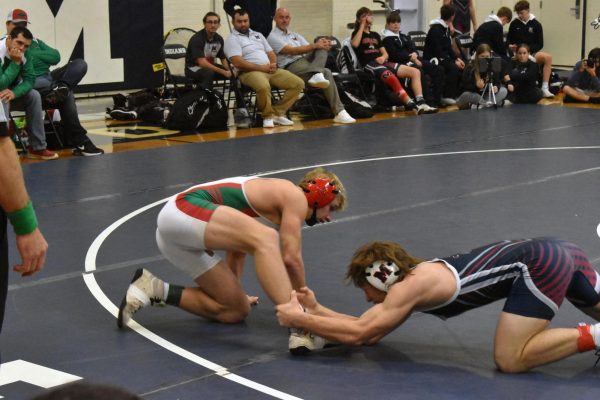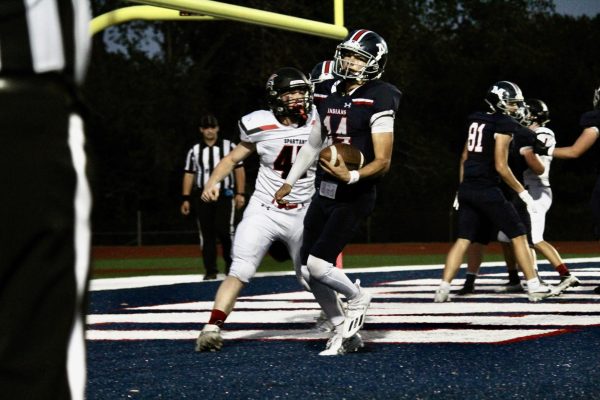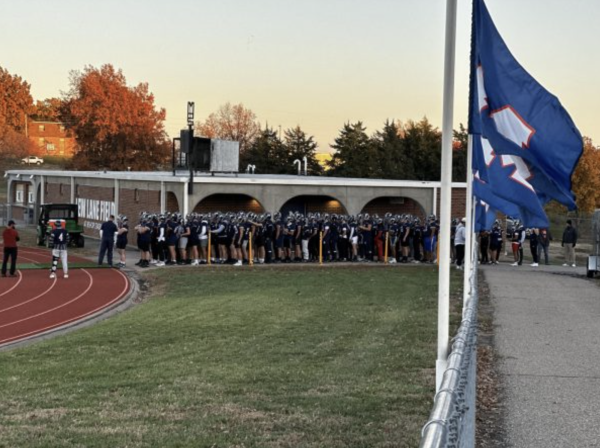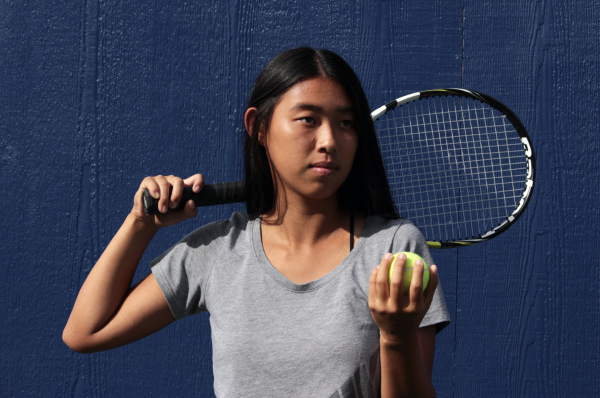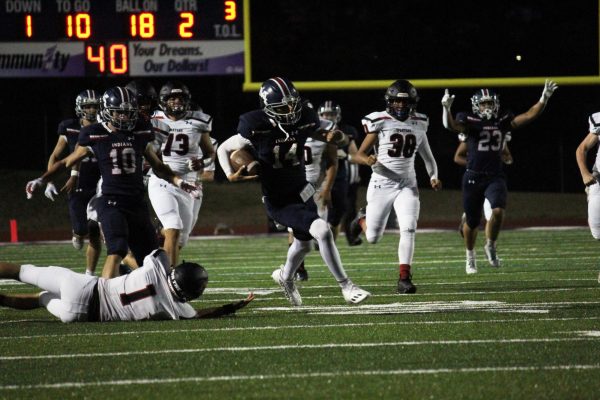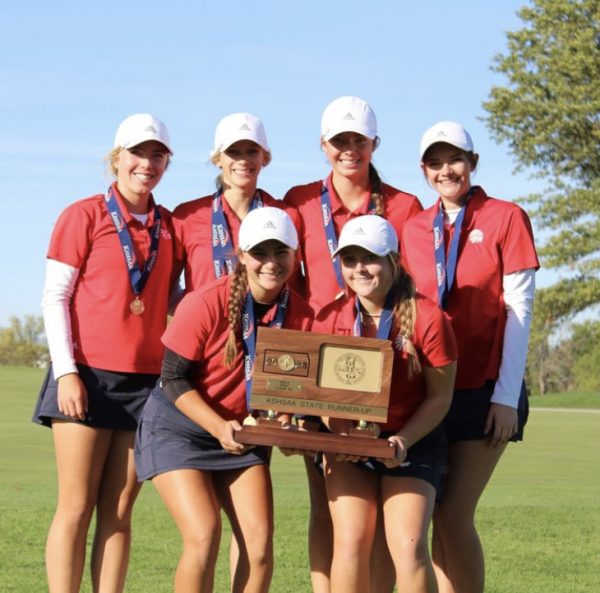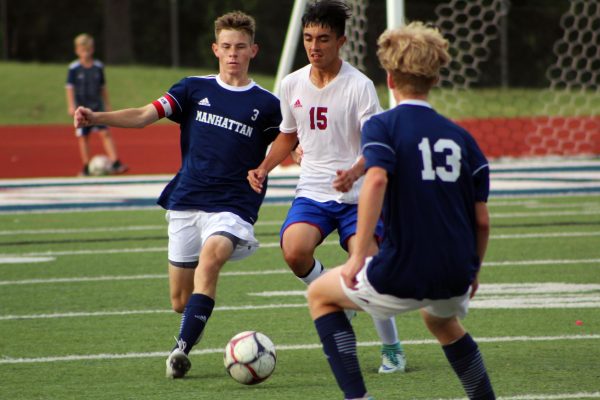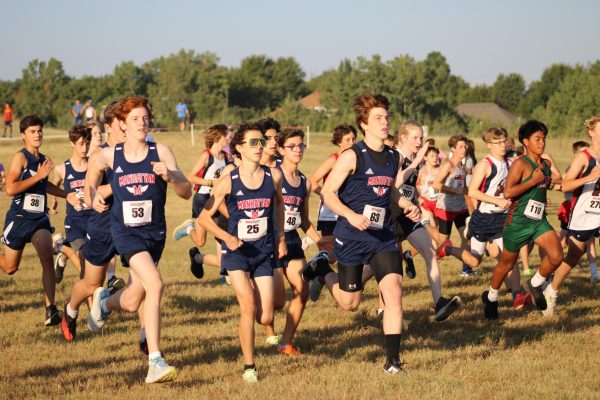Sports plow ahead in the face of uncertainty
September 21, 2020
Two weeks into the fall athletics, all six sports seasons are progressing with no problems so far observing the relevant safety precautions. However, there are numerous unanswered questions for athletes and fans in the face of school closure or possible team outbreaks.
The biggest of these uncertainties lies in what would happen if school goes fully remote. It’s unclear whether this would automatically cancel sports, cancel contact sports only or still allow in-person extracurriculars.
“In the All Distance Learning model there is a greater likelihood that athletic and activity participation will be restricted,” page 50 of the reopening plan draft three states. This vague guideline leaves much up to interpretation.
Administration appears to disagree about whether sports would be cancelled with full remote learning. Building Principal Micheal Dorst said that it is his understanding that sports and extracurriculars would be cancelled; however, Athletic Director Mike Marsh was more ambiguous.
“The only reason I can’t answer [whether or not sports would stop] is I don’t know,” Marsh said. “We would take directives from the Board of Education in the superintendent’s office, and I assume would follow some protocols from the health department at that time.”
There is also no word on whether a cancellation would include all sports or only ones in which it’s impossible to socially distance, such as soccer and football. Kansas High School Athletics Association has not put out a protocol for this either. However, in it’s Activity Specific Consideration Report it does divide sports into high risk and low risk categories.
In the report, Scholastic High School Athletics association said: “Sports that involve close, sustained contact between participants, lack of significant protective barriers, and high probability that respiratory particles will be transmitted between participants,” are considered high risk. Sports like wrestling, cheer involving stunts with close contact and football are listed as examples of high risk sports.
Activities this year haven’t led to any outbreaks so far, leading some to be optimistic about their continuation.
“Right now, and I think [having sports] was a good move because the criteria that Mr. Marsh, the athletic programs… [set] during the summer workouts, we were in the middle of a pandemic and we did not have an outbreak in any of our athletic programs,” Dorst said. “I’m not saying that it’s impossible. It really only takes one person for that outbreak to potentially occur. But the more safety measures that we put in place, the greater that we can guarantee that we can remain in, season and in competition.”
Not only in Manhattan, but other districts, have there been no activities related outbreaks so far. The schools are also in communication with one another to avoid outbreaks jumping from school to school through sports.
“I think some of the schools have had single issues here or there. Similar as to what we have had here at school, but no outbreaks at this time that I’m aware of,” Marsh said. “Going through the weekly calendar for next week.. We’ll make contact with those [schools about potential cases], and certainly we’re not going to put it into kids on the buses to go play at their school if they’re feeling ill or show signs or symptoms of COVID.”
Winter sports are also up in the air, especially as they pose greater risk to athletes because they’re indoors and many don’t allow for social distancing. Conditioning has not officially started yet, although Marsh has been in contact with some coaches.
“[Winter sports are] going to depend on where we’re at, as far as the county,” Marsh said. “I’m going to take the lead from the superintendent, from the school board, [on] whether we’re going to be able to do winter sports… At this time we’re moving forward… But I’m not sure when that decision will be made.”


